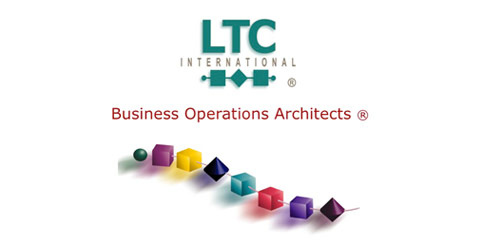|
|

By
Tony Poulos
The wireless industry, or rather telecommunications in general, has a long-held
belief that the developed markets lead the world in terms of technology rollout
and innovation. The reasoning is simple: since new technology usually comes with
a premium price tag, it is most likely that only those markets that can ‘afford’
new tech will implement it.
In due course, when economies of scale are achieved, it is also assumed that
developing or emerging markets will happily accept the older and cheaper
technology and make do with it. So the cycle goes; or does it?
That may well have been the case in years gone by but it is now the developing
markets that are taking the lead, particularly with regard to innovative pricing
and charging models, the core chunks of revenue management so critical for
success. Before we examine the evidence supporting this, let me take a few
moments to debunk some other myths about ‘developing’ markets.
|
|
It is now the developing markets that are taking the lead, particularly with regard to innovative pricing and charging models. |
|



attracted to low prices. Chinese and
Indian CSPs work with sub-one-cent
per minute call rates but have tens,
and even hundreds of millions of
|
|
|
|
|

Firstly, ask yourself this: are there actually any of these markets left in the
world? How do you define a developing telco market, let alone find one?
Countries long perceived as still developing are not only mature; they manage
many millions of customers effortlessly in the process. The ‘BRIC’ countries
lead and they are now making their technology available to other
'less-developed' markets at much lower cost, establishing a foothold that is now
filtering back to more mature markets. The term ‘emerging’ market is often
interspersed with the ‘developing’ tag but is an equally condescending term
intimating immaturity of some type.
Communications Service Providers (CSPs) establishing themselves in new markets
strive initially to attract customers using whatever means they have at their
disposal. Even though the potential customer base may be huge it is usually
accompanied by a very low customer spend limit with a subsequent low ARPU
(Average Revenue Per User) for the operator. CSPs cannot afford to subsidize
handsets or tie the predominantly pre-paid base to long-term contracts, so they
must determine what their customers really want or need and provide it to them
as simply, as economically and as quickly as possible.
Creative tariffs and charging models
are used extensively and effectively to
target sectors that are not simply
|
|

customers happy to spend a
considerable chunk of their disposable
income on voice calls and content.
Simply offering low price calls is easy,
but not very profitable. Creating
tailored plans and offering attractive
content at an affordable price is the
name of the game. Stickiness is key
and loss leaders are offered to firstly
attract customers and then to keep
them.
Offering farmers realtime data services—the means to check current market prices
for produce, timely weather reports, agricultural advice like optimum sowing and
harvesting times, etc.—generates loyalty and generates revenue in other areas
like voice calls. Some of these services are even offered free or on sliding
scales - ‘the more you use the cheaper it gets.’
With little or no fixed-line access to the Internet, mobile operators in
developing markets have found their customers sweet spots by offering access to
the web, via WAP, by the minute rather than by the Kilobyte - something the user
can easily keep track of - and free or reduced-price access to the most popular
social networking sites such as Facebook. Promotions like this have rocketed
markets like Indonesia into one of the highest number of Facebook users and
created not only loyalty but referral customers from happy and prolific Facebook
users! Who'd have thought of that in the mature markets?
|
|
|







